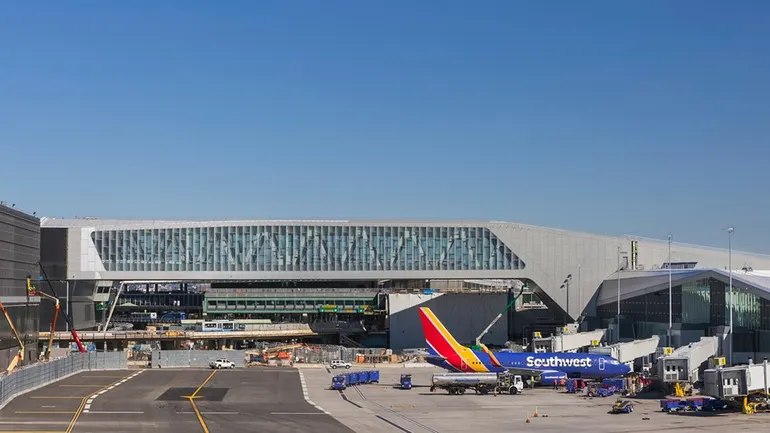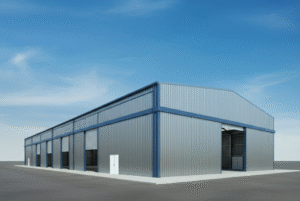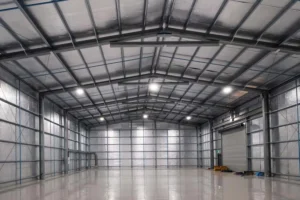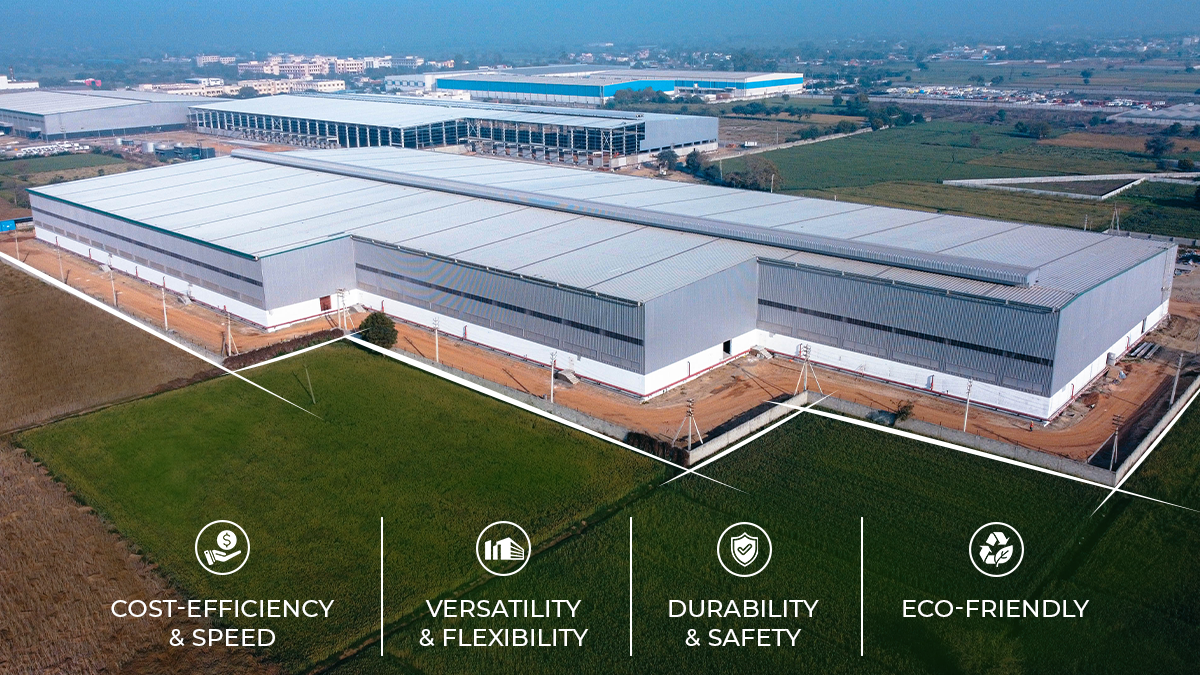
Adopting technology is a team effort: Skanska exec
[ad_1]
Adopting new technology requires everyone to buy in, said Danielle O’Connell, senior director of emerging technology for Skanska USA, the U.S. arm of the Swedish builder.
The contractor uses what O’Connell calls its Eight-Step Plan, a tech addition roadmap that lays out critical moves to help it assess and integrate products. With it, the company takes measured actions to scale new solutions, figure out use cases and keep everyone on the same page.
Here, O’Connell talks with Construction Dive about its approach, how the firm smoothed out wrinkles in the process and advice for smaller builders looking to scale tech on their own.
Editor’s Note: This interview has been edited for brevity and clarity.
CONSTRUCTION DIVE: What is the Eight-Step Plan, and how does Skanska USA put it to use?
DANIELLE O’CONNELL: Our Eight-Step Plan is our tech enablement process.
The process begins with identifying the problem that we’re trying to solve. In many forms, that comes either from a project team that says they’re really struggling with this thing, or maybe they’ve been talking with a vendor or visiting a conference and were exposed to something that they thought could solve a problem on their project.
In other cases, my team, the emerging tech team or others in our organization are seeing things they think can make an impact.
The first step is identifying the problem and then figuring out what to do. From there, we go into a deep dive with each of the vendors that we’re working with to understand the makeup of their company — what their solution does, what problems it solves, data protection and cybersecurity questions.

Danielle O’Connell
Permission granted by Skanska USA
Once we get through that stuff, the next step is to pilot a solution on a project. Throughout the pilot, we stay connected to it to understand how it’s going.
Typically, you’re seeing pilots that are at least a year or the duration of the project to understand how the tools really work. We’ll check in frequently with them, get feedback and then we’ll make decisions and recommendations to the business around what scaling the solution looks like.
Could you give an example of a tech that you evaluated through this framework?
So, cmBuilder, a construction logistics platform, was one of the early vendors that we assessed through this process. The team out at our LaGuardia Airport Terminal B Redevelopment project came to us and said they found this new tool for 3D logistics.
We typically use Bluebeam for 2D logistics today. And if I think about how many of our superintendents, our project managers, our operations staff are able to now use Bluebeam to do those 2D logistics, cmBuilder is a web-based platform that allows them to now do 3D logistics.
The team brought cmBuilder through this process. And after they went through the whole assessment and we kicked off the pilot, we looked at several different projects, got feedback from the team and decided that this would make sense to scale.
We got buy-in from our COO, so that led to us rolling out an enterprise agreement with cmBuilder and getting this tool into the hands of those people that really needed it to communicate logistics and phasing, and how we would work around the jobsite throughout the project.
What roadblocks did you encounter that you had to iron out?
There’s always changes to the process. In the spirit of continuous improvement, we’re always looking for ways to make it better. We’ve tweaked the system and the questionnaires over time to ensure that we’re not putting too much burden on the vendors as they’re going through this.
It’s a lengthy process, and we realize that they’re filling out these questionnaires and sending them back to us, and there’s a team on our end who’s actually reviewing them.
I would say one of the things that we’ve done to help improve and communicate around why this process is important is to talk about it like we talk about bringing on risky subcontractors onto our jobsites.
If a small to mid-sized builder wanted to implement something in their tech stack, what advice would you give them?
I would tell them to go slow and work across their different departments.
I think one of the things that we didn’t do well in the past is this collaboration between the legal team that’s reviewing contract language and what it means to be an enterprise partner, for example, with all the different aspects of the IT team, such as understanding what compliance we have to follow for General Data Protection Regulation requirements from the European Union, or the California Privacy Rights Act.
I would encourage them to see how these tools fit into their overall tech stack as well. Spend the time to understand and communicate about the process.
[ad_2]
Source link
Post a Comment
You must be logged in to post a comment.






